Halite and Sylvite
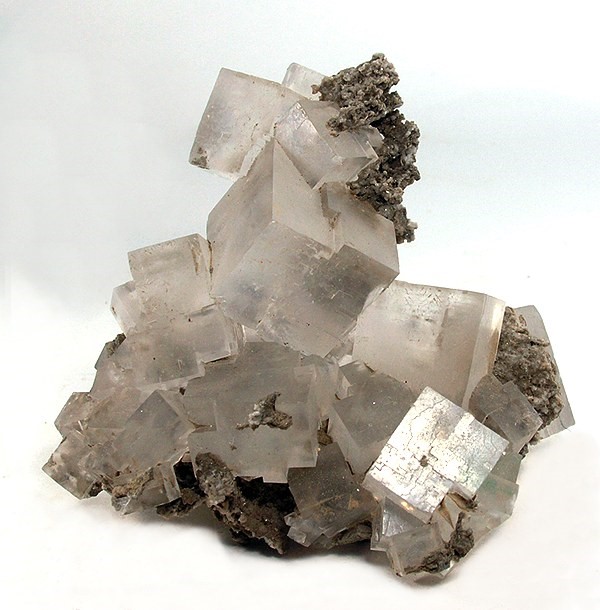
• Chemistry: NaCl, Sodium Chloride
• Class: Halides
• Uses: Major source of salt and as mineral specimens.
• Specimens
Halite, better known as rock salt, can easily be distinguished by its taste. Since taste is an important property of salt, there is a right way to taste a specimen of halite (or an unknown mineral that is similar to halite) and a wrong way. The right way is to first lick your index finger, rub it against the specimen and then taste the finger. This limits the amount of the mineral that actually gets in your mouth, an important consideration when you consider that there are poisonous minerals that resemble halite.
Halite is found in many current evaporative deposits such as near Salt Lake City, Utah and Searles Lake, California in the U.S., where it crystallizes out of evaporating brine lakes. It is also found in ancient bedrock all over the world where large extinct salt lakes and seas have evaporated millions of years ago, leaving thick deposits of salt behind. The cities of Cleveland and Detroit rest above huge halite deposits that are mined for road salt.
Perfectly formed cubes of halite are typical of the habit of this mineral. However it does form some unusual interesting habits that are much sought after by collectors. One habit is called a hopper crystal which forms what has been termed a skeleton of a crystal. Just the edges of a hopper crystal extend outward from the center of the crystal leaving hollow stairstep faces between these edges. Hopper crystals form due to the disparity of growth rates between the crystal edges and the crystal faces.
Another habit of interest is the vein filling fibrous habit found at Mulhouse, France and at some other localities. Often specimens are brightly colored purple and blue and with the silky luster due to the fibers, they represent a wonderful and a very uncharacteristic variety of halide. These specimens are a must have for teachers of mineral identification classes that want a stumper for those end of the session ID exams. Of course they are still easy to identify with the oft forgot simple taste test.
Well crystallized specimens of halite cubes can be very impressive and popular. Some are colored an attractive pastel pink by inclusions of bacterial debris that are trapped during crystallization in an evaporative lake. The pink color can fade with time and/or exposure to sunlight. Often the specimens that are sold world wide in rock shops and in mineral shows were grown within the past year. In fact, the crystals form so fast and so well in some evaporative lakes that mineral dealers are using their imaginations to enhance their inventory. They are putting sticks, animal skulls and other imaginative items into these lakes and retrieving them a relatively short time later covered in clusters of white or pink halite cubes.
PHYSICAL CHARACTERISTICS:
• Color is clear or white but can be found blue, purple, pink, yellow and gray.
• Luster is vitreous.
• Transparency: Crystals are transparent to translucent.
• Crystal System is isometric; 4/m bar 3 2/m
• Crystal Habits are predominantly cubes and in massive sedimentary beds, but also granular, fibrous and compact. Some crystals show a crystal type called a hopper crystal described above.
• Cleavage is perfect in three directions forming cubes.
• Fracture is conchoidal.
• Hardness is 2
• Specific Gravity is 2.1+ (light)
• Streak is white.
• Associated Minerals include other evaporate deposit minerals such as several sulfates, halides and borates.
• Other Characteristics: Salty taste.
• Notable Occurrences include Searles Lake, California and Utah in the U.S., Germany, and Mulhouse, France.
• Best Field Indicators are taste, cleavage and crystal habit. Note that the similar halide sylvite (potassium chloride) has a distinctively bitter taste, and does not powder as easily with a knife blade.
| Chemical Formula: | NaCl |
| Composition: | Sodium chloride |
| Color: | Colorless, white, red, yellow, orange, pink, blue, violet, green, and gray. May also be multicolored with a solid and clear color such as blue and white. |
| Streak: | White |
| Hardness: | 2 – 2.5 |
| Crystal System: | Isometric |
| 3D Crystal Atlas: | |
| Crystal Forms and Aggregates: | Crystals occur as cubes, sometimes distorted with hopper growths. Rarely occurs octahedral. Normally occurs massive, grainy, incrusting, as fibrous veins, botryoidal, stalactitic. Large cubic chunks often break apart into cubic cleavage fragments. Also forms as odd shaped rectangular crystal clusters and elongated scepters of cubic crystals. |
| Transparency: | Transparent to translucent |
| Specific Gravity: | 2.1 – 2.6 |
| Luster: | Vitreous |
| Cleavage: | 1,all sides – cubic |
| Fracture: | Brittle |
| Other ID Marks: | 1) Salty taste. 2) Soluble in water, especially warm water. 3) Some specimens fluoresce, usually red |
| In Group: | Halides |
| Striking Features: | Salty taste, softness, and crystal formations |
| Environment: | Evaporite deposits such as dry lakes and saline lake shorelines, sedimentary salt beds, and salt domes. |
| Rock Type: | Sedimentary |
| Popularity (1-4): |
1 |
| Prevalence (1-3): |
1 |
THE MINERAL SYLVITE
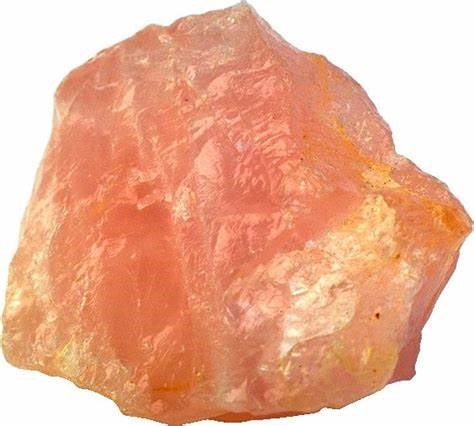
• Chemistry: KCl, Potassium Chloride
• Class: Halides
• Uses: As a major source of potash and as mineral specimens.
• Specimens
Sylvite, also called sylvine, is a major source of potassium or potash used in fertilizer products. So great is the need for potassium that sylvite deposits are considered very valuable economically. As a mineral specimen sylvite does not get much attention. The crystals can be well formed and are often reddish due to inclusions of hematite. However, sylvite is very soluble in water and specimens need to be stored in closed containers because even the moisture in the air can degrade its appearance. Never clean a sylvite specimen with water!
Sylvite is closely related to the more common halite, NaCl, and they share so many properties that identification is sometimes difficult. Sylvite commonly has octahedral faces truncating the corners of the cubic crystals. So does halite, but this characteristic is much more prevalent in sylvite than in halite. Better tests include a taste test in which halite, salt, will taste salty and sylvite tastes bitter. This test is good if you need to distinguish one or two specimens, but what if you are testing hundreds of feet of core samples for beds of sylvite verses halite. A good test in those cases is the knife test in which a knife blade when scratched across the surface of the sample will produce a powder in halite and not in sylvite.
There is a low-sodium version of table salt (light salt) which is half halite and half sylvite. Naturally, it has half the sodium content of ordinary table salt, since that sodium has been replaced with potassium. It is a perfectly acceptable substitute for many people, while others consider it bitter.
The name sylvite is easily confused with the much more valuable sylvanite. Sylvanite is a silver gold telluride, AuAgTe4 and should never be mistaken for sylvite.
PHYSICAL CHARACTERISTICS:
• Color is colorless or white, sometimes tinted red, blue or yellow.
• Luster is vitreous.
• Transparency: Crystals are transparent to translucent.
• Crystal System is isometric; 4/m bar 3 2/m.
• Crystal Habits are cubes with frequent octahedral faces truncating the corners of the cube, crystals will often have a cavernous appearance from dissolution. More commonly massive and granular.
• Cleavage is good in three directions forming cubes.
• Fracture is uneven.
• Hardness is 2 – 2.5
• Specific Gravity is 1.99 (light, surprisingly slightly less dense than halite with a 2.17 specific gravity)
• Streak is white.
• Other Characteristics: Dissolves easily in water, does not powder when the blade of a knife is scratched across its surface and has a distinctive bitter taste.
• Associated Minerals include halite, carnallite, kieserite, gypsum, anhydrite and other evaporite minerals.
• Notable Occurrences include Strassfurt, Germany; Kalush, Russia; New Mexico, Texas and Kern Co., California, USA; Saskatchewan, Canada; France, Mt. Vesuvius, Italy and Spain.
• Best Field Indicators are bitter taste, associations and crystal habit.
Rock salt
• Rock salt is crystalline sodium chloride, called halite by mineralogists. It occurs widely in the form of rock masses and beds and is abundant in rocks from all geologic periods. Because of its great solubility in water, it occurs under extremely thick cover in humid regions but lies close to the surface in arid regions.
• All major rock salt deposits originated from the evaporation of seawater at some time during the geologic past. Approximately 78 percent of the mineral matter in normal seawater is sodium chloride. Upon evaporation of about nine-tenths of the volume of seawater, rock salt is precipitated. Calcium sulfate (gypsum and anhydrite) and potassium and magnesium salts also are precipitated. Deposits are found in beds from a few feet to many hundreds of feet thick. The ages of these beds range through much of geologic time. Because evaporation of a large quantity of seawater leaves only a small amount of salt, it is theorized that many extremely thick rock salt beds were deposited in partly enclosed arms of the seas in which evaporation was greater than the inflow of salt water. A barrier on the seafloor at the entrance to the basin prevented the outflow of the concentrated saline water.
• Such bedded salt deposits occur in the Punjab Salt Range in Pakistan and in Iran; however, these deposits have been little exploited. Similar deposits in the United States and Canada are worked extensively for both industrial and domestic use. Other important salt deposits, usually classified by the age of the surrounding rock, are found in Germany, Nova Scotia, the sub-Carpathian region extending from Poland through Hungary and Romania, and the province of Sichuan in China, where salt wells have been in existence for more than 2,000 years.
• Another economically important type of rock salt deposit is the salt domes, which were formed when earth pressure forced up plugs of rock salt measuring approximately a mile across. The domes appear to result from pressure, which pushes the salt up through the rocks from depths as great as 50,000 feet (15,000 metres). Many domes occur at shallow depths and are extensively mined. Domes in the sub-Carpathian region of Europe have been worked since ancient times. The North German Plain has many extensively mined domes, which are thought to have originated below 6,000 feet; domes also are abundant along the U.S. Gulf Coast. Rock salt may be obtained from domes by the usual mining methods or by drilling wells into the salt strata and pumping water down to dissolve the salt; the brine is then returned to the surface, where it is processed like natural brine.
• Frank Osborne WoodJohn M. HillsRobert H. Ralston

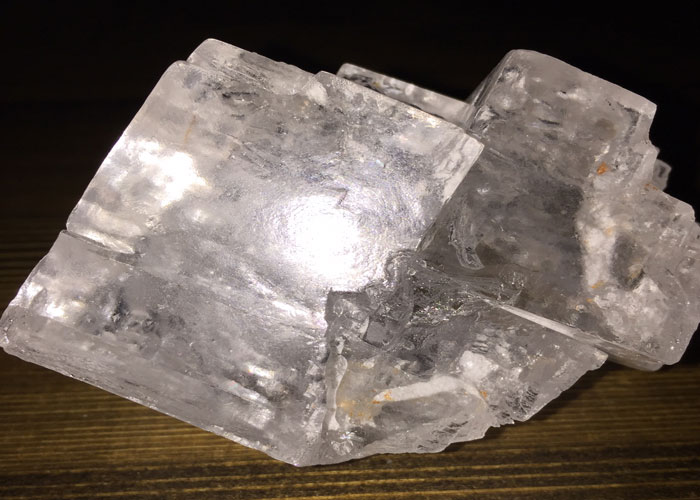
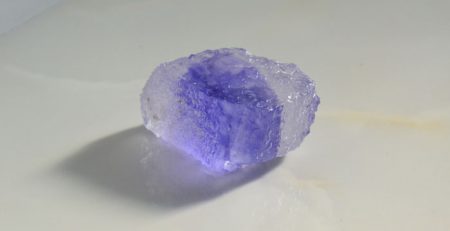
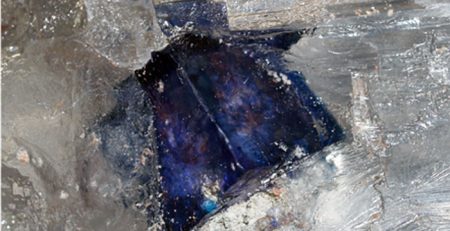
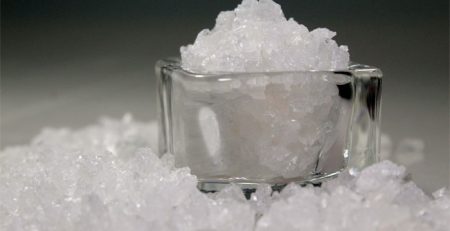
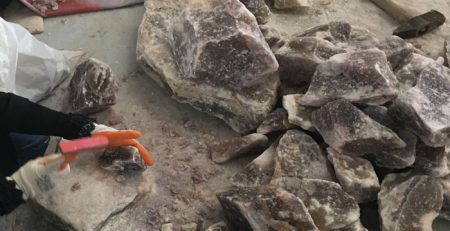


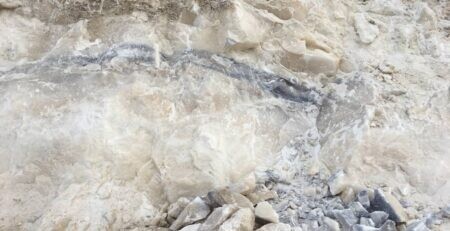
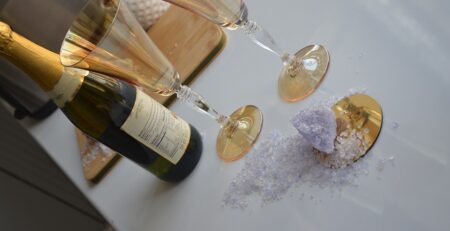

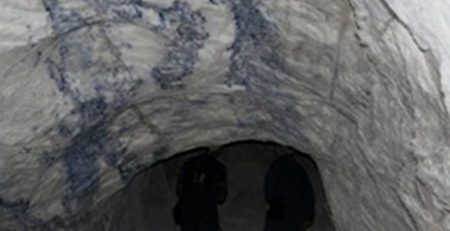
Comments (7)
Like!! I blog frequently and I really thank you for your content. The article has truly peaked my interest.
What’s up, constantly i used to check website posts here early in the break of day, since
i love to find out more and more.
My web site … CBD for sale
Hello, I would like to subscribe for this blog to take most
recent updates, so where can i do it please help out.
whoah this blog is wonderful i love studying your posts.
Keep up the great work! You already know, lots of people
are hunting round for this info, you could help them greatly.
Hello there, I do think your web site might be having web
browser compatibility problems. Whenever I take a look at your web site in Safari, it looks fine however when opening in IE,
it has some overlapping issues. I simply wanted to give you a quick heads up!
Aside from that, wonderful website!
Thank you again!
Beautiful watch! My wife was in love!!!